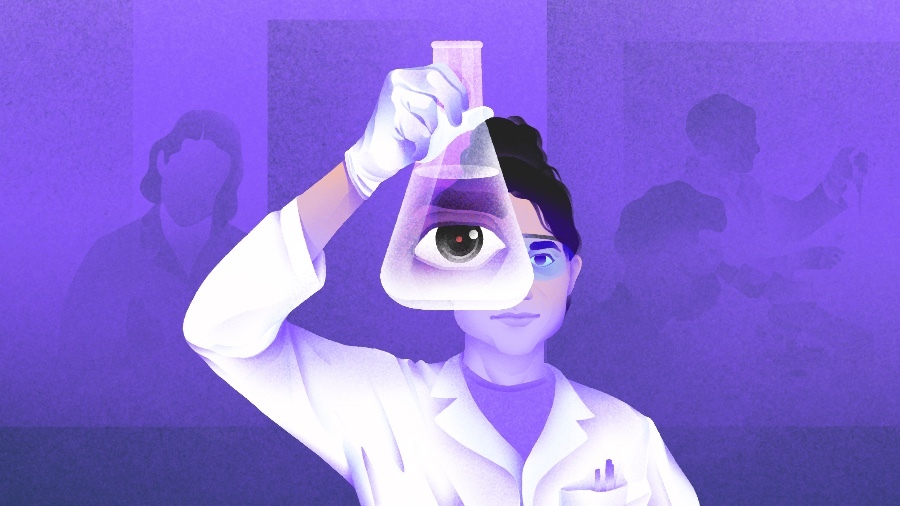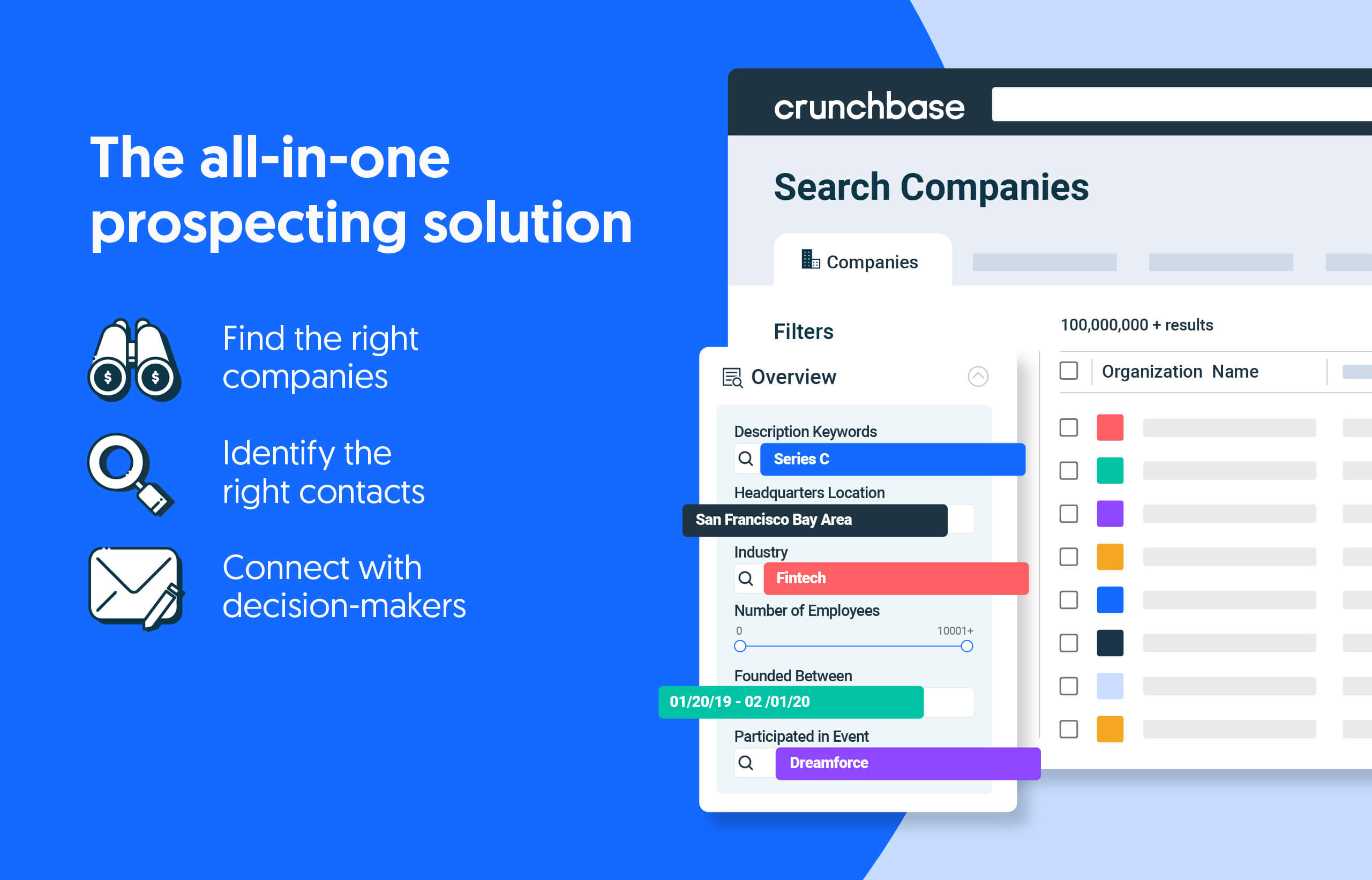Venture investment in biotech can be a long, arduous, high-risk undertaking. But two scientists from UCLA and Caltech have found a way to boost the cancer drug development pipeline.
Their platform, 1200 Pharma, taps into medical and scientific breakthroughs to help bring potential cancer drugs to patients in record time. Today, the platform is able to accelerate the pace at which drugs are created and potentially bring more therapeutics to market.
Todd Thomson, COO and CFO of Kairos Ventures, which specializes in early-stage biotech and invested in 1200 Pharma in 2017, sits on the board of the budding startup. The platform uses chemistry technology from Caltech and biomarker-driven assays from UCLA to speed up its drug development and clinical approvals.
Search less. Close more.
Grow your revenue with all-in-one prospecting solutions powered by the leader in private-company data.
1200 Pharma, and platforms like it, are becoming the darlings of the biotech venture world. Unlike investing in singular drugs, venture firms are pouring money into biotech platforms that can more or less make their own therapeutics. These self-containing machines have been seeing the lion’s share of venture funding in the past three years.
“Everybody loves a platform,” Thomson said.
Why platforms?
In the high-risk, high-reward world of biotech venture investment, platforms provide a much-needed steady stream of opportunities.
Most drugs on the market are the result of years of research and development, clinical trials and a painstaking federal approval process. On average, it costs $985 million and takes 10 years to get a drug to market. The path involves scrounging up research grants, development costs and pursuing clinical trials.
Biotech platforms offer a new solution: Instead of investing in a single molecule, a single clinical asset, and taking it to market, what if you could invest in a “machine” that makes many of them?
“It’s not one single molecule that we invested in, it’s not even a series of molecules,” Thomson said. “It’s a platform to create new molecules that we invested in.”
A money-making asset
While developing a single molecule into a treatment may still take a decade, platforms can still make money during the process. Molecules or therapeutics that emerge from the platform are licensed out to bigger pharma companies. Those companies take it through further development, clinical trials and commercialization. In exchange, the platform startup gets a cut of the profits.
Sara Choi, a partner at Wing VC, has invested in a number of biotech platforms that have underlying value along with the molecules they create.
“They’re investing in the golden goose and then selling (drugs) to various players as opposed to throwing it away at the end of the day,” Choi said. “And so my companies all generate real revenue.”
Some early-stage startups develop partnerships with large pharma companies early on. These partnerships are key for big pharmaceutical companies that often rely on smaller biotech companies to go through the discovery and development phases of drug development before they swoop in and acquire the assets.
“At the end of the day, even if they are a drug company, they still have this revenue that’s coming from outside players that also de-risks them from an investment perspective,” Choi said.
Crossing the ‘Valley of Death’
But while platforms are becoming an increasingly popular investment choice and are accelerating drug development, they aren’t helpful when it comes to the most expensive part of getting a drug to market: clinical trials.
“There’s a larger benefit of greater return on the investment,” said David Crean, a biotech investor who sits on the board of startups like Histogen and Amydis. “Probably a little bit lower probability of success. But you can get multiple shots out of the platform.”
Clinical trials are often referred to as the Valley of Death by those in the industry due to pharma’s 90% fail rate.
“Most things that are successful in a petri dish are not successful in humans,” Thomson said. “And even things that are successful in animals. Only 10% of the drugs that actually work in mice end up working in humans.”
Most platform-based startups will likely go down the same path as single-drug startups: acquisition by a large pharma company. It often costs too much to take a single clinical asset through marketing and commercialization, whereas a large pharma company is equipped with a marketing and sales team working with several different drugs.
But perhaps some platforms may have the chance to spin off and become their own company, rivaling Goliaths of industry like Merck and Amgen.
“If you’ve got a platform, you have optionality on whether you actually develop as an independent company or you eventually sell,” Thomson said. “If you’re a single molecule, you don’t have a lot of optionality, you really have to sell.”
Illustration: Dom Guzman

Stay up to date with recent funding rounds, acquisitions, and more with the Crunchbase Daily.






![Illustration of "clicking" on an AI brain {Dom Guzman]](https://news.crunchbase.com/wp-content/uploads/AI_Brain-470x352.jpg)
![Illustration of a guy watering plants with a blocked hose - Global [Dom Guzman]](https://news.crunchbase.com/wp-content/uploads/quarterly-global-3-300x168.jpg)
67.1K Followers